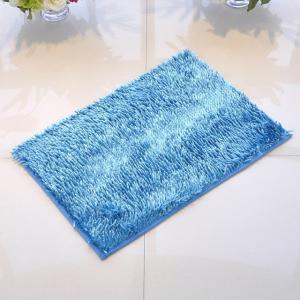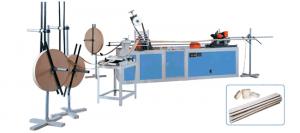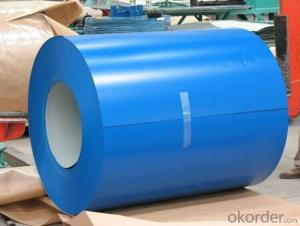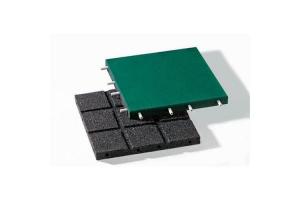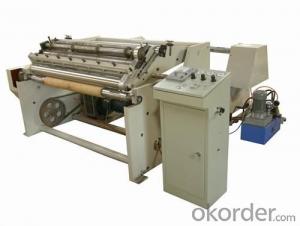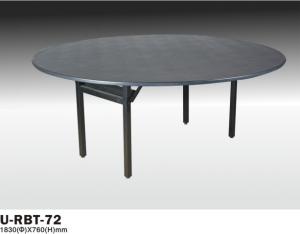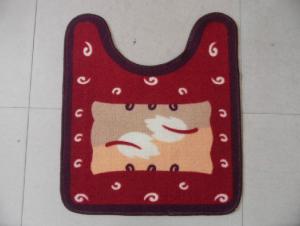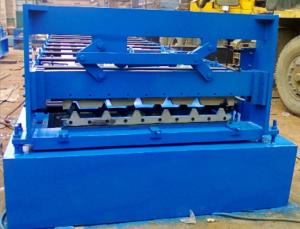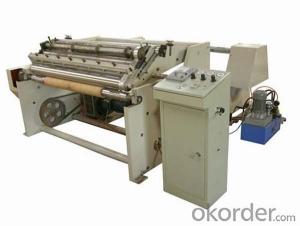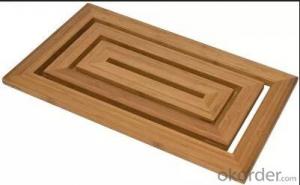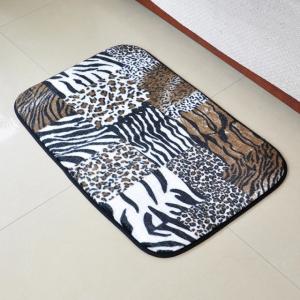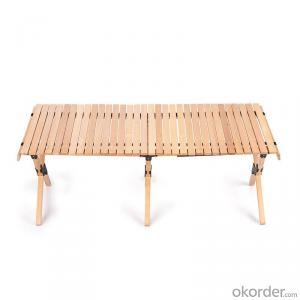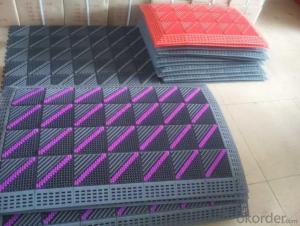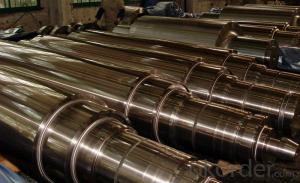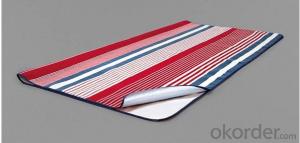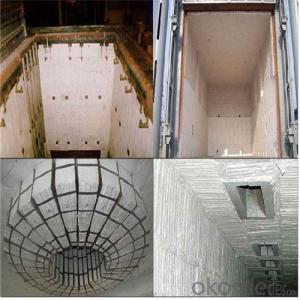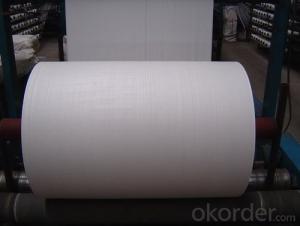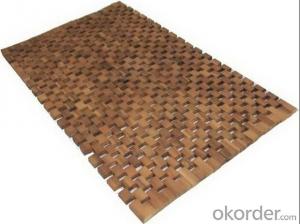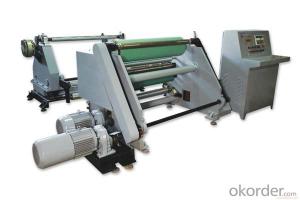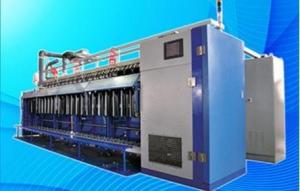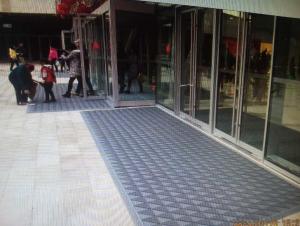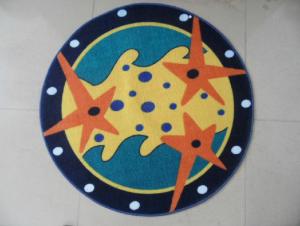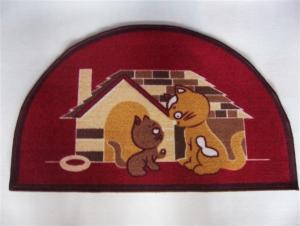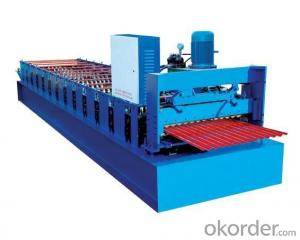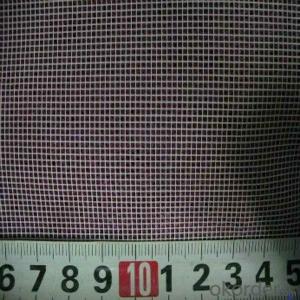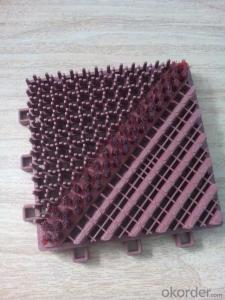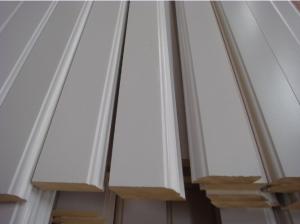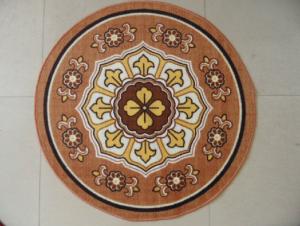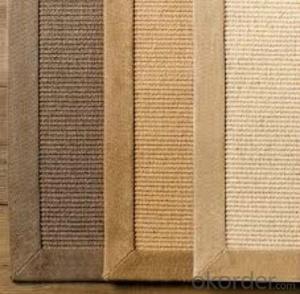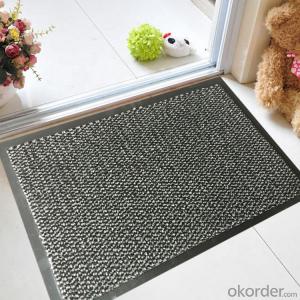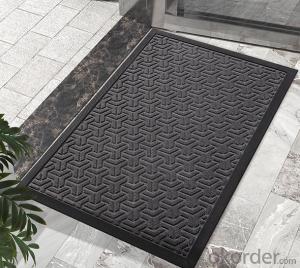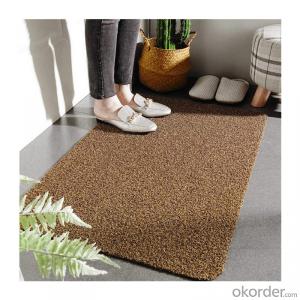Roll Out Mats
Roll Out Mats Related Searches
Garage Floor Roll Out Covering Outdoor Rubber Flooring Rolls Garage Work Mat Spaghetti Mat Plastic Mat For Floor Warm Floor Mat Fold Out Beach Chairs Rubber Roll Flooring Retractable Deck Roof Roller Shutter Moving Tape Retractable Volleyball Net Wash Yoga Mat Retractable Drawer Slides Skirting For Mobile Homes Lawn Rolling And Aerating Spray Up Roving Folding Chair With Wheels Fold Out Car Stereo Render Board Duct Tape Rolls Vinyl Garage Flooring Roll Metal Folding Chair Cart Modular Carpet Skirting Board Fit Over Existing Rolling Lawn Aerator Floating Flooring Fiberglass Chopped Strand Mat Roof Lagging 6 Foot Round Dining TableRoll Out Mats Supplier & Manufacturer from China
Roll Out Mats are versatile flooring solutions that offer a range of benefits for various applications. These mats are designed to provide comfort, safety, and protection for both indoor and outdoor environments. They are commonly used in gyms, workshops, garages, and other spaces where a durable and easy-to-maintain flooring option is needed. Roll Out Mats are available in different materials, thicknesses, and colors, making them suitable for a wide range of needs and preferences.Roll Out Mats are ideal for creating a comfortable and safe surface in various settings. In gyms, they can be used to cushion the floor and reduce the risk of injury during workouts. In workshops and garages, they protect the floor from spills, stains, and heavy equipment. Additionally, these mats can be easily rolled up and stored away when not in use, making them a convenient and space-saving option. They are also easy to clean and maintain, which is essential for maintaining a hygienic and organized environment.
Okorder.com is a leading wholesale supplier of Roll Out Mats, offering a vast inventory to cater to the diverse needs of customers. As a reliable source for these mats, Okorder.com ensures that customers receive high-quality products at competitive prices. With a wide selection of Roll Out Mats available, customers can find the perfect flooring solution for their specific requirements.
Hot Products
